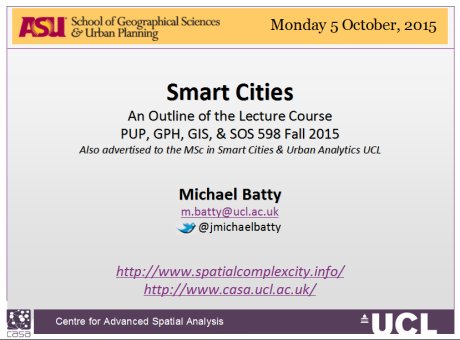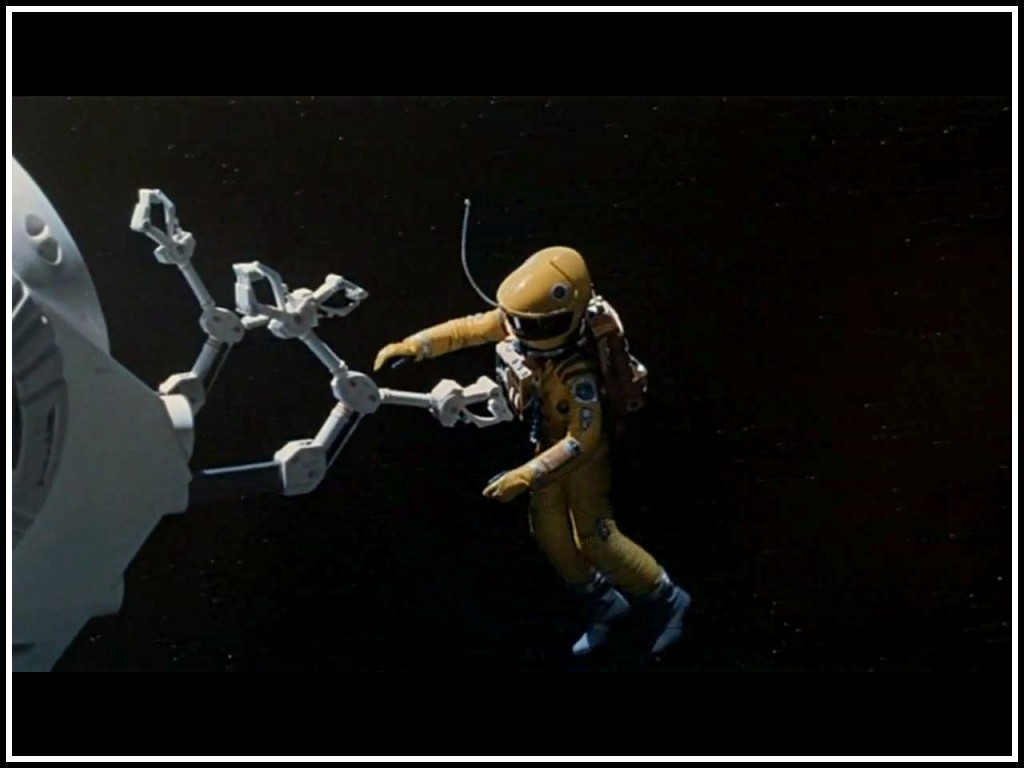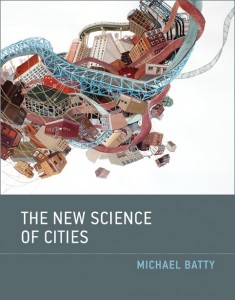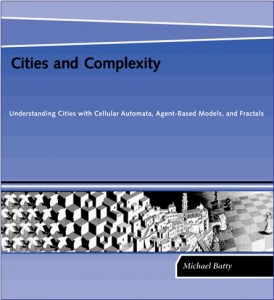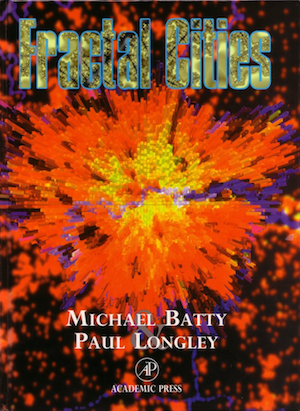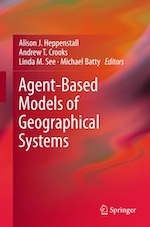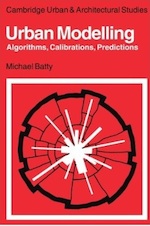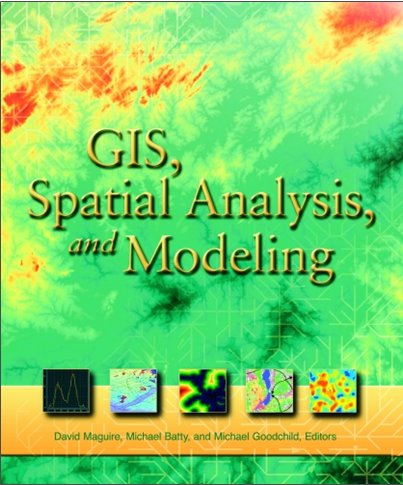Five lecture sessions starting tonight at 6-00pm at Arizona State University to a graduate class of geographers and planners on Smart Cities. Monday, Wednesday and Friday this week and Wednesday and Friday the following week. Two lectures per session for about 1 hour 40 minutes in total. Graduate students on CASA’s MSc on Smart Cities and Urban Analytics might like to see these lectures and I will post them after I have given them and let you know. But parallel to this and essential background to the first lecture session are Hannah Fry’s BBC Radio 4 programmes on Computing Britain. You can download these as podcasts or stream them by clicking here. The course text is Anthony Townsend’s book Smart Cities – actually essential background as well, a review of which you can read by clicking here, and my own paper with the future ICT crowd on Smart Cities of the Future that you can download here too.
A Quick Course in Smart Cities
Gravity
Krugman is very, very insightful when it comes to social physics. His NY Times blog on ‘Gravity’ relates to an article by Adam Davidson on how a gravity model is able to simulate trade between a place called Kanesh in Eastern Turkey near the Syrian border and its trading partners. However Krugman goes on to say that what is important is not just the distance between or size which we might measure as GDP in any two places that trade but what exists in each place – what products are traded. In fact Krugman’s own contributions to trade theory suggest that counties and cities are more similar with respect to size and what they produce that once was thought and this to an extent supports distance and size effects. The gravity model works rather well. Tobler and Weinberg anticipated Davidson in their work on trade in Cappadocia which they published in 1971 in Nature (May, 231, 39-41) , but Krugman’s real contribution in his NY Times article is to suggest that the gravity model is a baseline from which all else must be measured when it comes to interaction theory in general and trade in particular. Lionel March and myself following James S. Coleman articulated all this for gravity models in our paper The Method of Residues in Urban Modelling which we published in Environment and Planning A in 1976 (April, vol. 8 no. 2 189-214). Essential reading – we would say that wouldn’t we – but a lot is wrapped up in Krugman’s article as in many of his works.
Urban Systems Science at CCS 2015
A diverse selection of talks on the Science of Cities at the 2015 Conference on Complex Systems, starting this afternoon in the Sheraton Airport Hotel in Tempe AZ Canyon Room. My own talk is about our Future Cities Catapult Land Use Transportation modelling work where we are building a model called QUANT of all zones defining the UK – well England and Wales first – but it will be extended to Scotland. In fact as long as you use a decent browser that supports WebGL then you can get access to the rudimentary alpha version so far by clicking on this link http://quant.casa.ucl.ac.uk/
You can download the PDF here. Details of the talks at on the CCS2015 web site.

